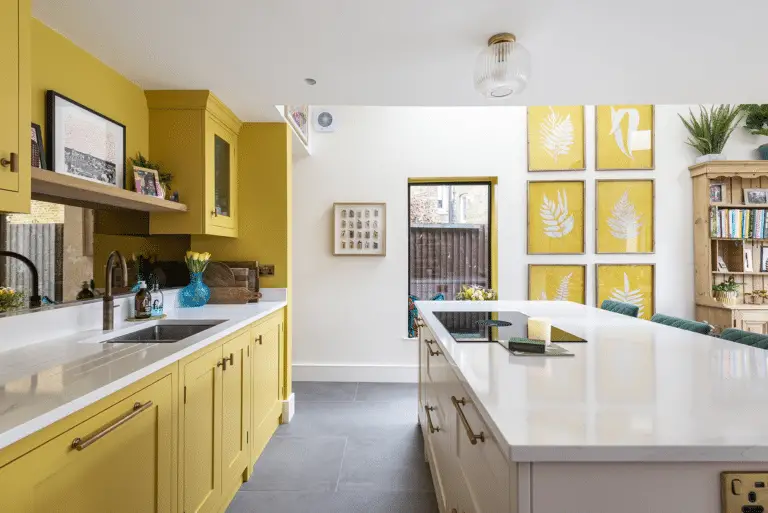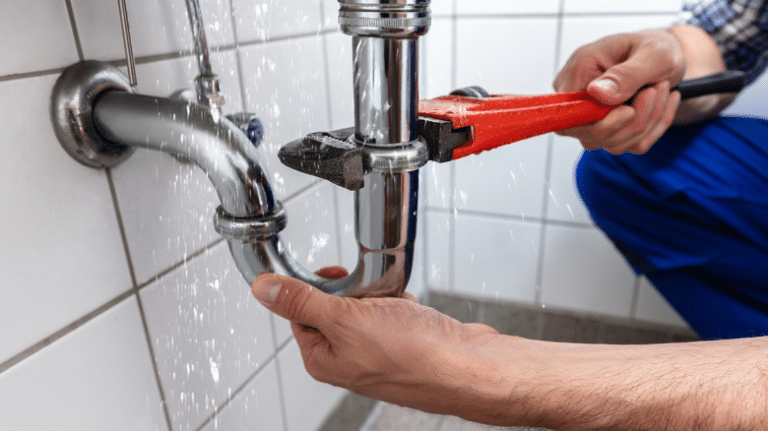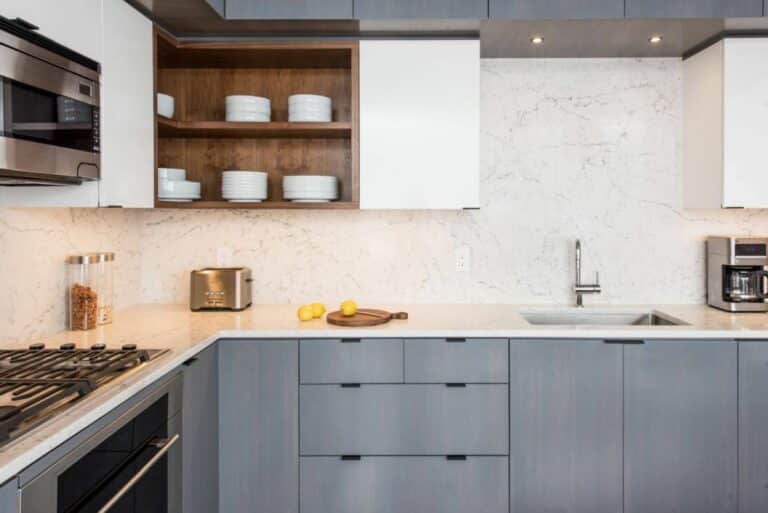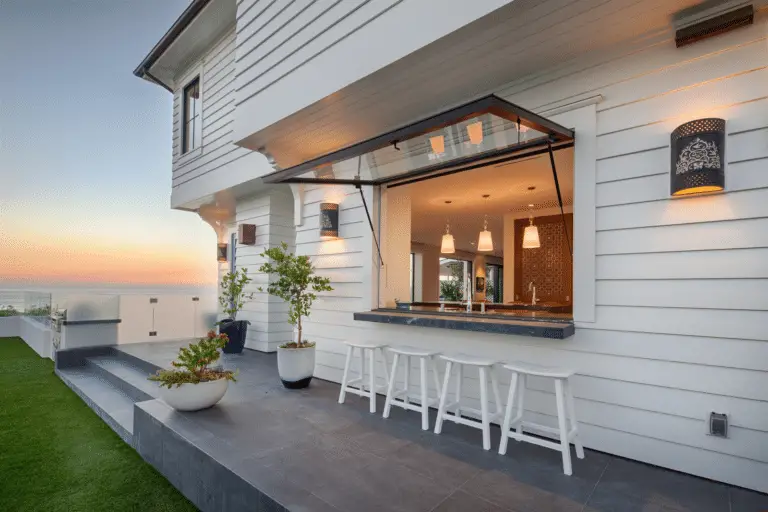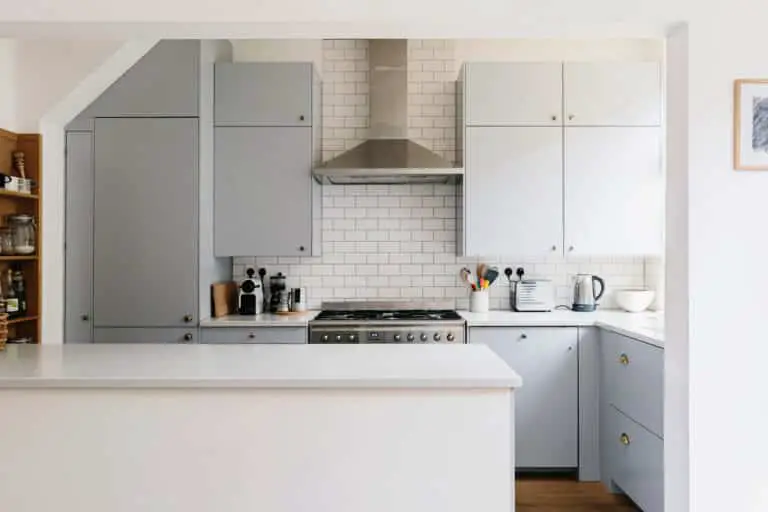Have you ever heard of a prep kitchen and wondered what it is all about? Whether you’re a home cook or a professional chef, having a well-equipped prep kitchen can make all the difference in your cooking experience.
From essential fixtures to clever design tips, let’s dive into the world of prep kitchens and discover how they can streamline your cooking process and keep your kitchen organized. Let’s explore the key features, types, benefits, and tips for designing your very own prep kitchen!
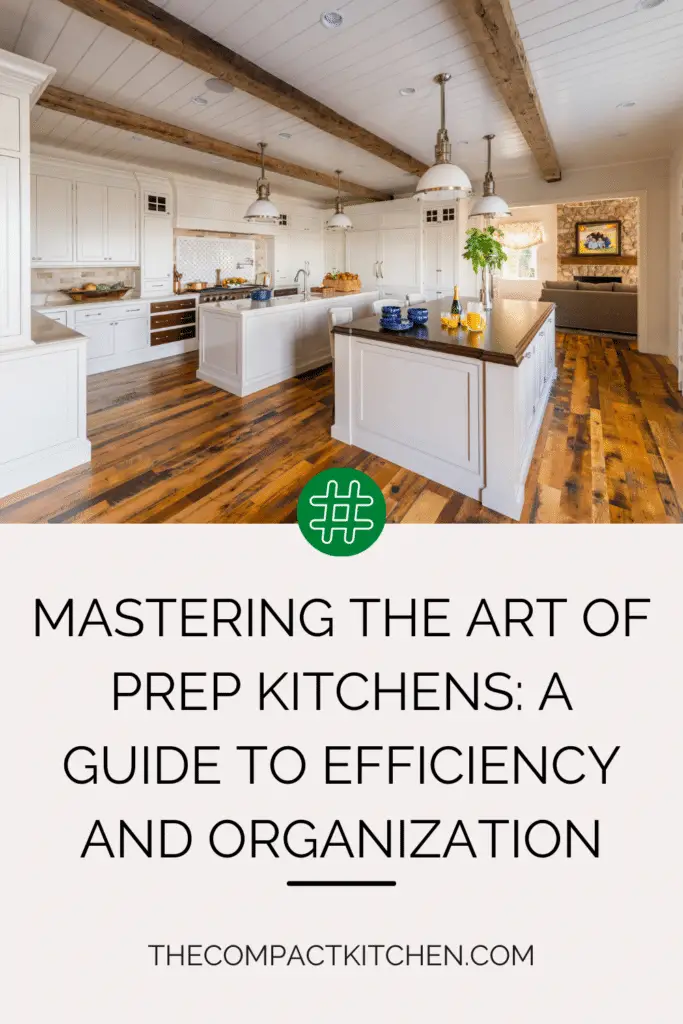
Introduction to a Prep Kitchen
When it comes to cooking, preparation is key. And what better way to streamline your cooking process than with a prep kitchen? Whether in your own home or in a bustling restaurant, a prep kitchen plays a vital role in ensuring that everything runs smoothly when it’s time to get cooking.
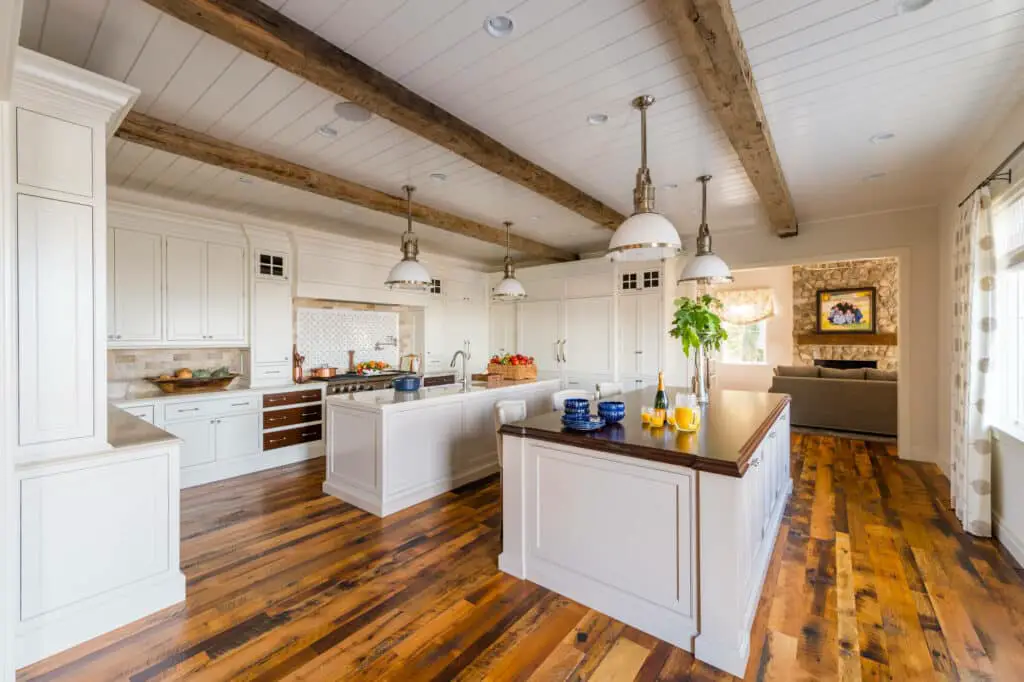
A prep kitchen, also known as a preparation kitchen, is where the magic begins. It’s the space where ingredients are prepped, recipes are planned, and dishes are assembled before they make their way to the stove or oven. Think of it as the backstage area of a Broadway show – essential for a flawless performance, but often unseen by the audience.
Having a well-organized and equipped prep kitchen is crucial for efficiency in cooking. Imagine trying to chop vegetables on a tiny counter space or rummaging through cluttered drawers to find the right kitchen tool – it’s a recipe for disaster! With the right setup, you can save time, effort, and stress in the kitchen, allowing you to focus on creating delicious meals with ease.
Key Features of a Prep Kitchen

When it comes to creating a prep kitchen, there are several key features that can make all the difference in the efficiency and functionality of the space. Let’s delve into the essential fixtures, appliances, and storage solutions that are a must-have for any prep kitchen.
Ample Counter Space
One of the most crucial features of a prep kitchen is ample counter space. Having enough room to chop, mix, and assemble ingredients is essential for smooth and efficient meal preparation. It’s important to prioritize a spacious and durable countertop material that can withstand the wear and tear of daily cooking activities.
Consider incorporating multiple countertop heights to accommodate various tasks, such as standing-height counters for chopping vegetables and lower counters for rolling out dough or mixing batter. This versatility can make meal prep a breeze and reduce strain on your back and shoulders during extended cooking sessions.
Efficient Storage Solutions
Storage is another critical component of a well-designed prep kitchen. Proper organization can streamline your cooking process and help you stay on top of your inventory of ingredients and cooking tools. Consider installing open shelving for easy access to frequently used items, as well as deep drawers and cabinets for larger pots, pans, and appliances.

Utilize vertical space with overhead racks for hanging utensils or pots and pans, freeing up valuable cabinet space for dry goods and pantry items. Investing in adjustable shelving and pull-out trays can also maximize storage capacity and make it easier to keep your prep kitchen tidy and clutter-free.
Relevant Design Tips
When designing a prep kitchen, it’s important to keep functionality and workflow in mind. Position key appliances like the sink, refrigerator, and stove in a triangular layout to minimize back-and-forth movement and optimize efficiency. This classic kitchen design principle, known as the work triangle, can help you work more smoothly and quickly in the kitchen.
Additionally, consider incorporating task lighting above workspaces to illuminate countertops and prevent eye strain during detailed food prep tasks. Under-cabinet lighting can also brighten up dark corners and make it easier to see when reaching for ingredients or utensils in dimly lit areas.
By incorporating these key features into your prep kitchen design, you can create a functional and efficient space that enhances your cooking experience and makes meal prep a joy rather than a chore.
Types of Prep Kitchens
When it comes to prep kitchens, there are two main categories to consider: commercial and residential. Each type serves a different purpose and has its own set of characteristics that cater to specific needs.
Commercial Prep Kitchens
Commercial prep kitchens are typically found in restaurants, cafes, catering businesses, and other food-related establishments. These kitchens are designed to handle large quantities of food preparation and cooking tasks efficiently. They are equipped with heavy-duty appliances, ample counter space, and commercial-grade storage solutions.
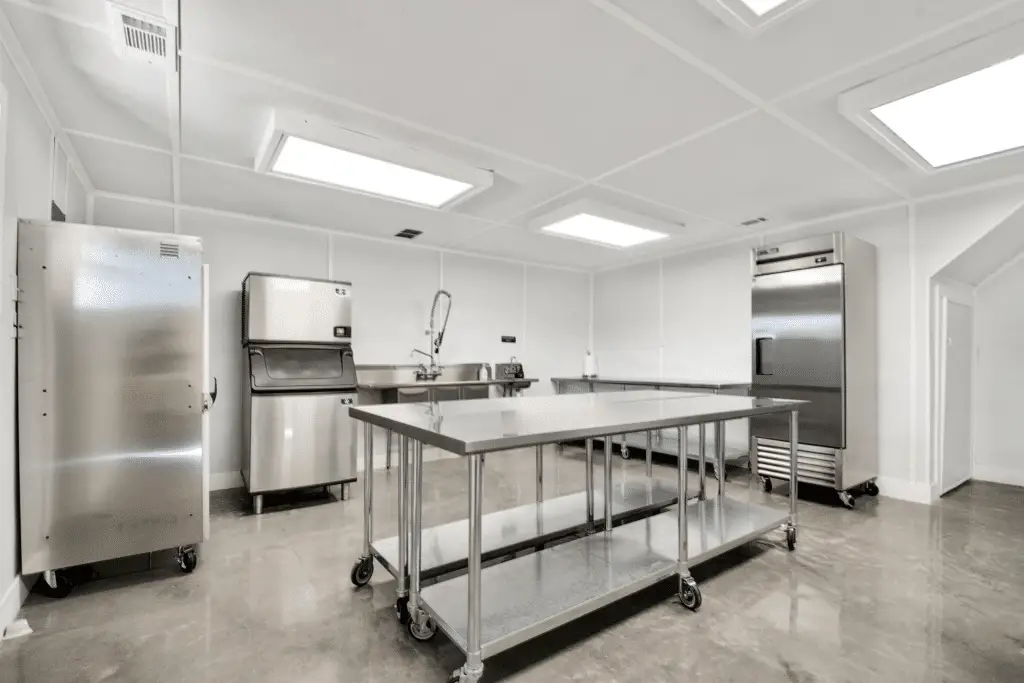
One of the key features of a commercial prep kitchen is the layout, which is optimized for workflow and productivity. The equipment and fixtures are strategically placed to streamline the cooking process and ensure smooth operations during busy hours. Additionally, commercial prep kitchens adhere to strict health and safety regulations to maintain food quality and prevent contamination.
Residential Prep Kitchens
On the other hand, residential prep kitchens are smaller in scale and cater to the needs of home cooks and families. These kitchens are designed to help homeowners with meal preparation, storage, and organization, making cooking at home more convenient and enjoyable.

While residential prep kitchens may not have the same level of sophistication as their commercial counterparts, they still feature essential appliances and storage options to facilitate cooking tasks. Homeowners often prioritize features like a spacious countertop, easy access to ingredients and utensils, and efficient workflow for meal preparation.
Choosing the Right Type for Your Needs
When deciding between a commercial and residential prep kitchen, it’s essential to consider your specific requirements and cooking habits. If you frequently cook for large groups or entertain guests, a commercial prep kitchen may be more suitable for your needs. On the other hand, if you cook primarily for your family and prefer a more intimate cooking experience, a residential prep kitchen might be the perfect choice.

Ultimately, the type of prep kitchen you choose should align with your lifestyle, cooking style, and available space. Whether you opt for a commercial or residential setup, focusing on functionality, efficiency, and organization will help you create a prep kitchen that enhances your cooking experience and makes meal preparation a breeze.
Benefits of a Prep Kitchen
In the culinary world, having a well-equipped and organized prep kitchen can make a world of difference in efficiency and effectiveness. Let’s delve into the various benefits that a prep kitchen can offer, whether in a commercial setting or in the comfort of your own home.
Convenience and Functionality
One of the primary benefits of having a prep kitchen is the convenience it provides. By having a dedicated space for prepping ingredients, chopping vegetables, and preparing meals, you can streamline the cooking process and make it more efficient. With everything you need within arm’s reach, you can work more seamlessly without having to constantly move back and forth between different areas of the kitchen.

Additionally, a prep kitchen enhances functionality by allowing you to focus solely on the task at hand. With dedicated countertop space, storage for utensils and appliances, and proper lighting, you can work with precision and accuracy. This not only saves time but also ensures that your dishes turn out perfectly every time.
Maintaining Cleanliness and Order
Another key benefit of a prep kitchen is its ability to help maintain cleanliness and order in the main kitchen area. By segregating the prepping and cooking areas, you can prevent cross-contamination and keep your main kitchen space free from clutter and mess. This is especially crucial in a commercial setting where food safety regulations are strict and cleanliness is paramount.
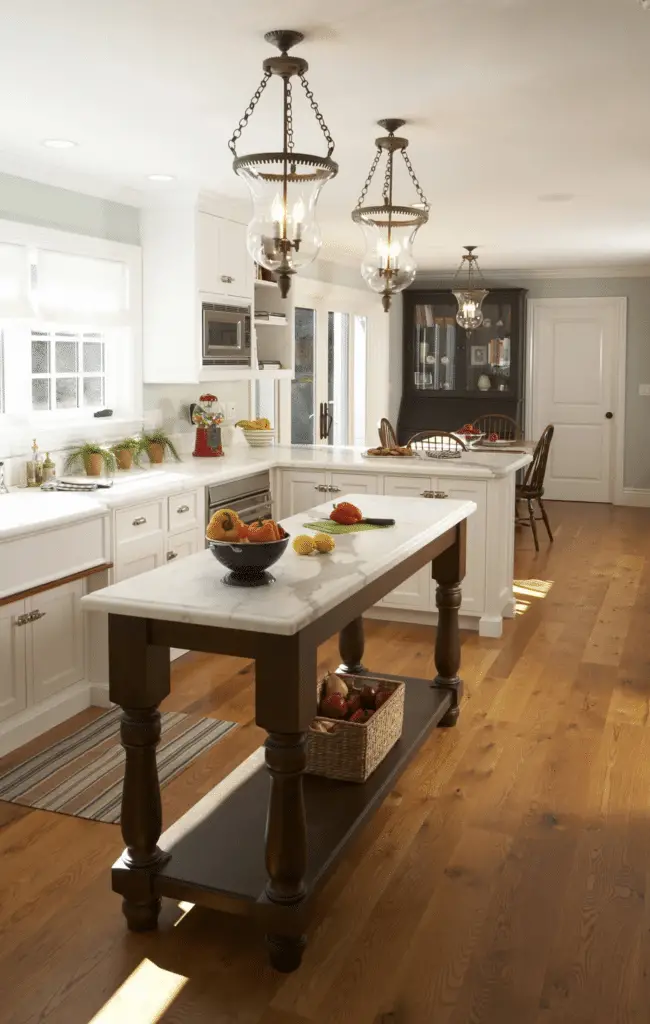
In a residential setting, a prep kitchen can also help you stay organized and efficient in your daily cooking routines. By having designated areas for meal prep, you can avoid cluttered countertops, overflowing sinks, and misplaced utensils. This not only makes cooking more enjoyable but also makes cleanup a breeze.
Overall, the benefits of a prep kitchen are clear. From enhanced convenience and functionality to improved cleanliness and order, having a dedicated space for prepping and cooking can truly elevate your culinary experience. Whether you’re a professional chef in a bustling restaurant or a home cook looking to streamline your meal preparation, a well-designed prep kitchen can make all the difference.
Designing and Setting Up A Prep Kitchen
Designing and setting up a prep kitchen requires careful planning and consideration to ensure efficiency and functionality in your cooking space. Whether you are setting up a prep kitchen in your home or a commercial establishment, following these key steps will help you create a practical and organized space for food preparation.
1. Assess Your Needs
Before diving into the design and setup of your prep kitchen, take some time to assess your specific needs and requirements. Consider the types of dishes you will be preparing, the volume of food you will be handling, and the available space for your prep kitchen. This initial step will help you determine the essential fixtures, appliances, and storage solutions you will need in your prep kitchen.
2. Seek Professional Advice

If you are unsure about how to efficiently utilize your space or which appliances would best suit your needs, consider seeking professional advice from a kitchen designer or a culinary expert. They can provide valuable insights and custom solutions tailored to your unique kitchen space and requirements. A well-designed prep kitchen not only enhances your cooking experience but also streamlines the food preparation process.
3. Optimize Your Layout
When designing your prep kitchen, consider the workflow and efficiency of your space. Ensure that your prep area is close to your cooking area to minimize travel time and maximize efficiency. Additionally, prioritize ample counter space for food preparation, cutting, and assembly. Properly organizing your prep kitchen will help you work more smoothly and effortlessly, saving you time and effort during meal preparation.
4. Invest in Quality Appliances
Investing in high-quality appliances and tools for your prep kitchen is essential for efficient food preparation. Consider appliances that streamline your cooking process, such as food processors, blenders, and mixers. Additionally, choose durable and easy-to-clean materials for your countertops and storage to maintain cleanliness and order in your prep kitchen. Quality appliances not only enhance your cooking experience but also contribute to the longevity and functionality of your prep space.
5. Stay Organized
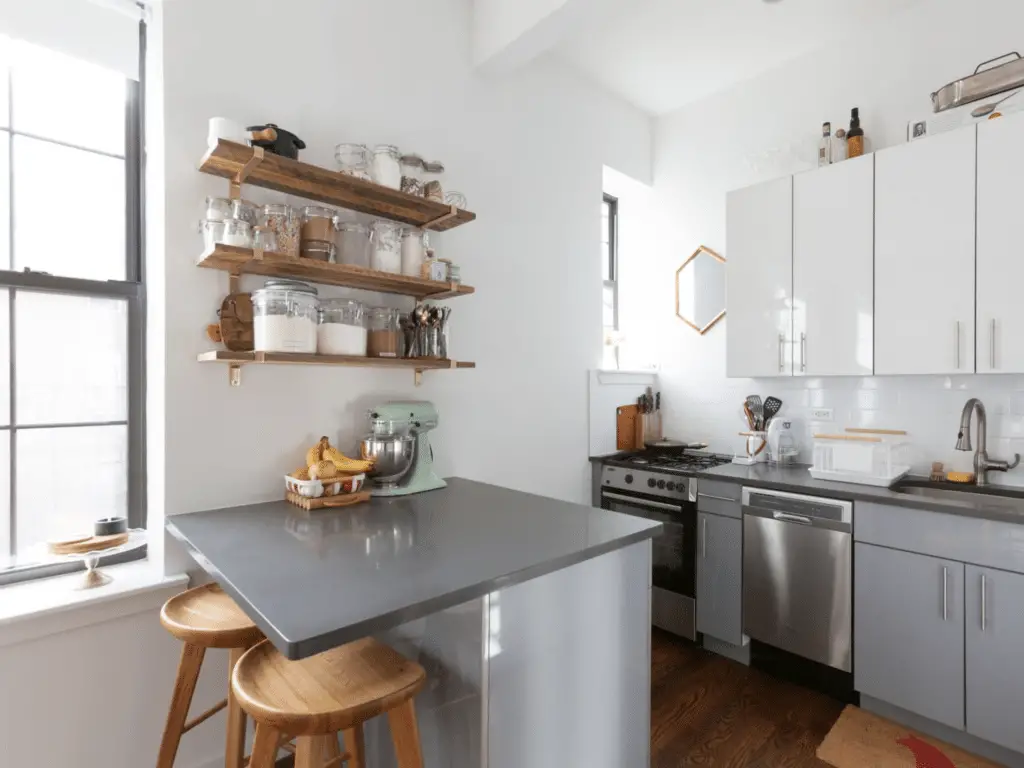
Maintaining organization and cleanliness in your prep kitchen is crucial for efficient food preparation. Implement storage solutions such as shelving, cabinets, and drawers to keep your ingredients, utensils, and tools within easy reach. Labeling containers and organizing your supplies will help you work more efficiently and prevent unnecessary clutter in your prep kitchen. By staying organized, you can create a functional and productive space for all your food preparation needs.
By following these key steps and tips for designing and setting up a prep kitchen, you can create a practical and efficient space for food preparation in your home or commercial establishment. Prioritize organization, efficiency, and quality appliances in your prep kitchen to enhance your cooking experience and streamline the food preparation process.
Ready to Prep: Your Ultimate Prep Kitchen Guide
In conclusion, a well-equipped and organized prep kitchen is the key to seamless cooking and culinary success. With ample counter space, essential fixtures, and smart storage solutions, you can enhance your efficiency in the kitchen. Whether you’re setting up a residential or commercial prep kitchen, prioritize functionality and practicality. Remember, a prep kitchen is not just about convenience but also about maintaining cleanliness and order. So, roll up those sleeves and get prepping – your culinary adventures await!



